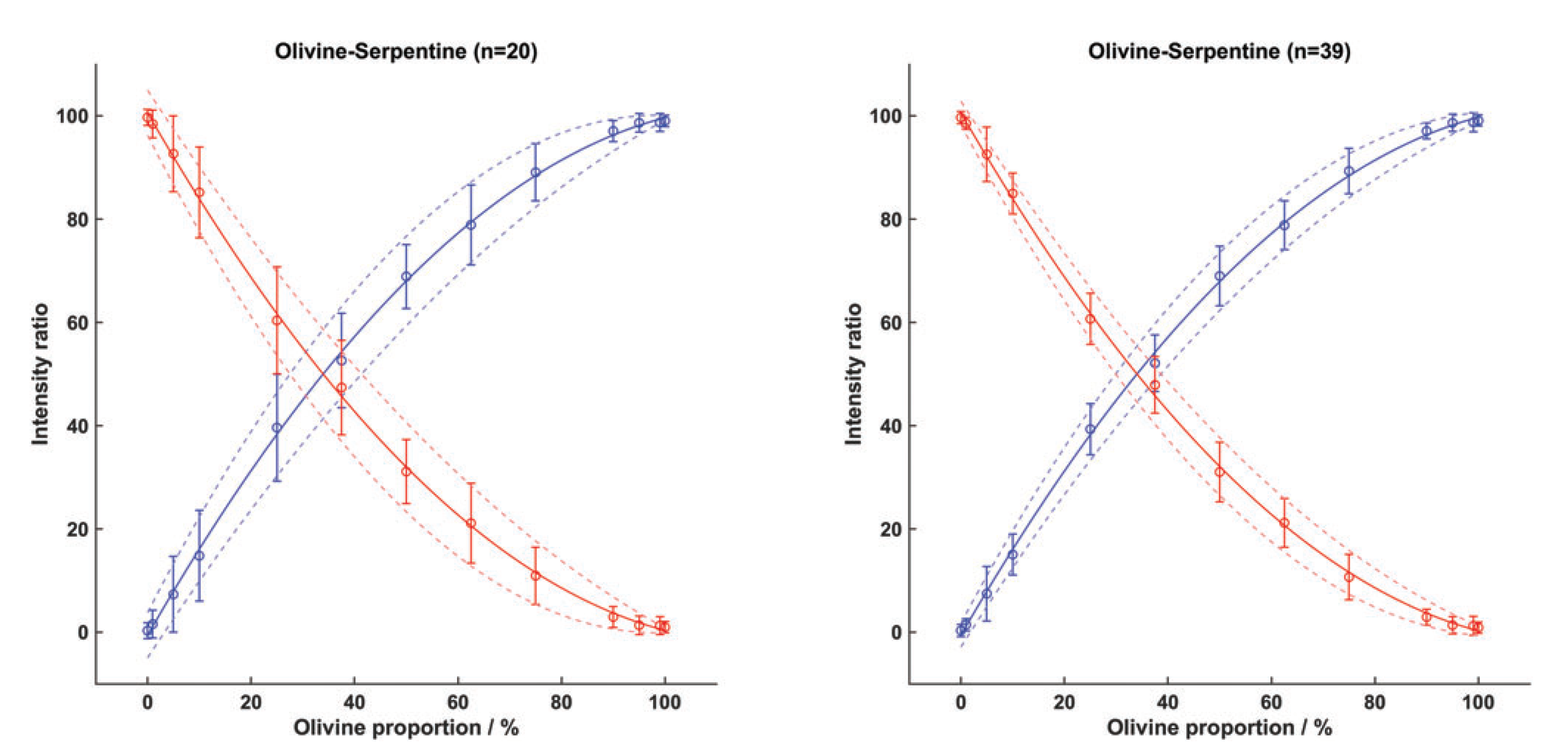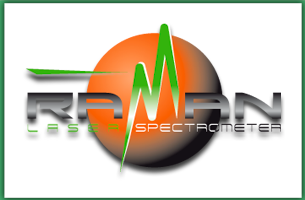We evaluated the effectiveness of the ExoMars Raman laser spectrometer (RLS) to determine the degree of serpentinization of olivine-rich units on Mars. We selected terrestrial analogs of martian ultramafic rocks from the Leka Ophiolite Complex (LOC) and analyzed them with both laboratory and flight-like analytical instruments. We first studied the mineralogical composition of the samples (mostly olivine and serpentine) with state-of-the-art diffractometric (X-ray diffractometry [XRD]) and spectroscopic (Raman, near-infrared spectroscopy [NIR]) laboratory systems. We compared these results with those obtained using our RLS ExoMars Simulator. Our work shows that the RLS ExoMars Simulator successfully identified all major phases. Moreover, when emulating the automatic operating mode of the flight instrument, the RLS ExoMars Simulator also detected several minor compounds (pyroxene and brucite), some of which were not observed by NIR and XRD (e.g., calcite). Thereafter, we produced RLS-dedicated calibration curves (R2 between 0.9993 and 0.9995 with an uncertainty between ±3.0% and ±5.2% with a confidence interval of 95%) to estimate the relative content of olivine and serpentine in the samples. Our results show that RLS can be very effective in identifying serpentine, a scientific target of primary importance for the potential detection of biosignatures on Mars—the main objective of the ExoMars rover mission.
Read the paper here



